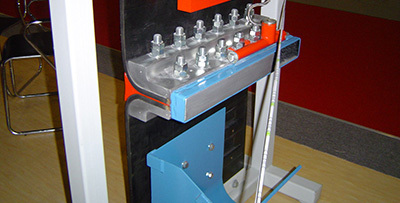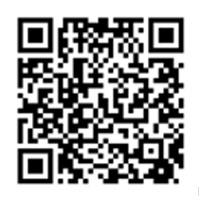Analysis and solutions of failures in operation of bucket elevator
1. Abnormal sound occurs during operation
(1) The bottom plate of the bucket elevator base and the chain bucket collide, adjust the elastic device of the base to tighten the chain.
(2) The driving shaft and driven shaft keys are loose, the sprocket is displaced, and the chain bucket collides with the casing. Adjust the position of the sprocket and tighten the key.
(3) The guide plate collides with the chain bucket, and the position of the guide plate is trimmed.
(4) The material is clamped between the guide plate and the chain bucket to enlarge the material input angle of the machine base.
(5) If the bearing fails and cannot operate flexibly, the bearing should be replaced.
(6) The material block or other foreign matter is stuck in the machine base shell, and the machine is shut down to remove the foreign matter.
(7) The tooth profile of the sprocket (transmission, driven sprocket) is not correct, correct the sprocket tooth profile or replace the sprocket.
(8) The transmission sprocket and the chain have poor tooth separation. Correct the tooth profile of the transmission sprocket.
(9) The drive chain produces idling, adjust the chain length.
(10) If the cabinet is not installed correctly, adjust the verticality of the full length of the cabinet.
2. Motor base vibration
(1) The motor itself rotates poorly, remove the rotor to check the static balance.
(2) The installation accuracy of the reducer and the motor is poor, and the alignment exceeds the specification, so readjust it.
(3) The installation accuracy of the motor base is not enough, and the levelness exceeds the specification requirements, so readjust it.
(4) There is an error in the installation of the transmission sprocket, which needs to be adjusted again.
(5) The tooth profile of the transmission sprocket is bad, and the tooth profile needs to be corrected.
(6) The tightness of the drive sprocket is inappropriate and should be adjusted again.
3. Ash leakage
(1) If the gasket is damaged or leaked at the flange of the chassis, replace it with a new gasket, apply sealant, and re-tighten the flange bolts.
(2) When the material leaks out from the gaps of the machine head and the machine base, add a gasket or apply a sealant.
(3) The height difference of the input materials is too large, which increases the feeding pressure. It is necessary to change the material input method and increase the buffer device for the feeding.
4. The lift cannot reach the design capacity
(1) The material is adhered to the chain bucket and the chute, and the material is regularly removed according to the degree of adhesion.
(2) The capacity of the front mechanical equipment of the hoist is insufficient, resulting in a small amount of material input, so that the hoist cannot reach the design capacity. It is necessary to try to improve the production capacity of the front equipment,
(3) The lifting speed is slow, and the speed ratio of the transmission sprocket needs to be changed.
(4) The material measurement method is improper, or the measurement is wrong, check the meter, check the proportion of the material, and revise the calculation method again.
5. Insufficient material discharge
(1) The capacity of the rear mechanical equipment of the hoist is small, which can block the discharge chute and improve the production capacity of the rear mechanical equipment.
(2) The discharge chute is too small or the angle of the chute is not suitable, correct the discharge chute.
(3) The material adheres to the chain bucket and the chute, and the material needs to be removed regularly.































